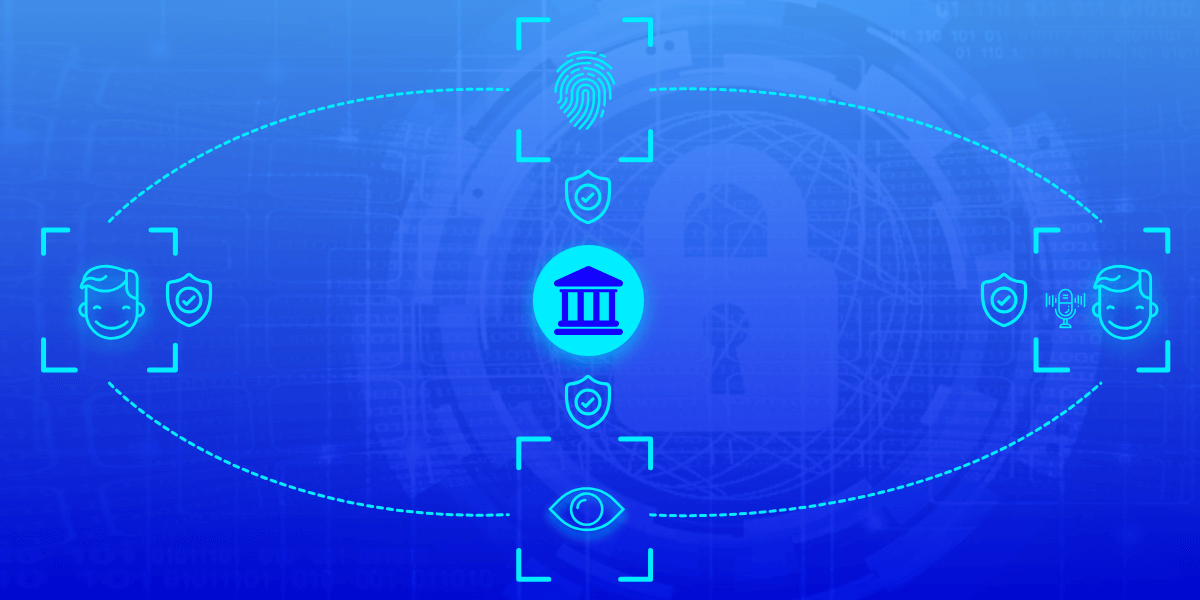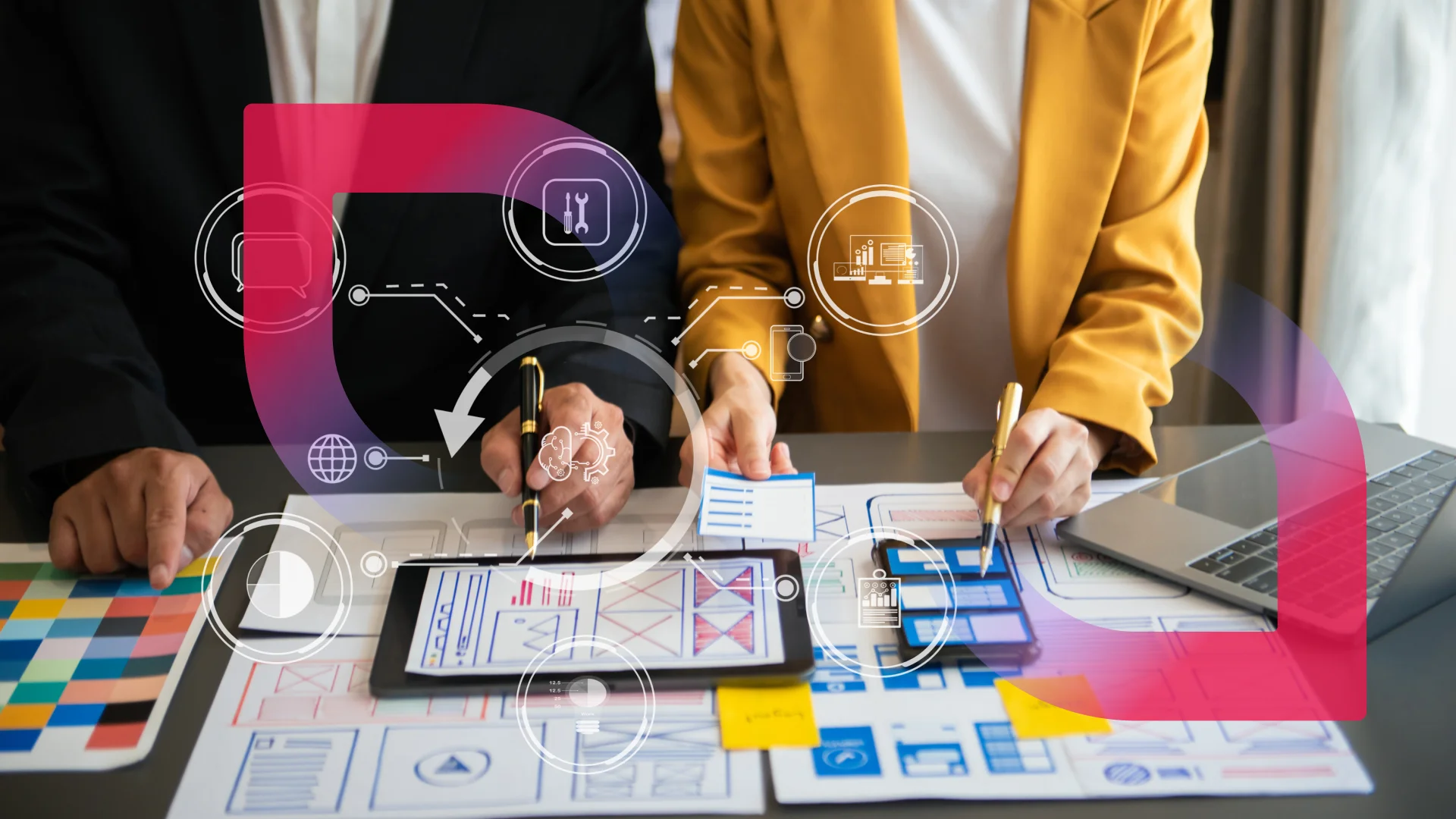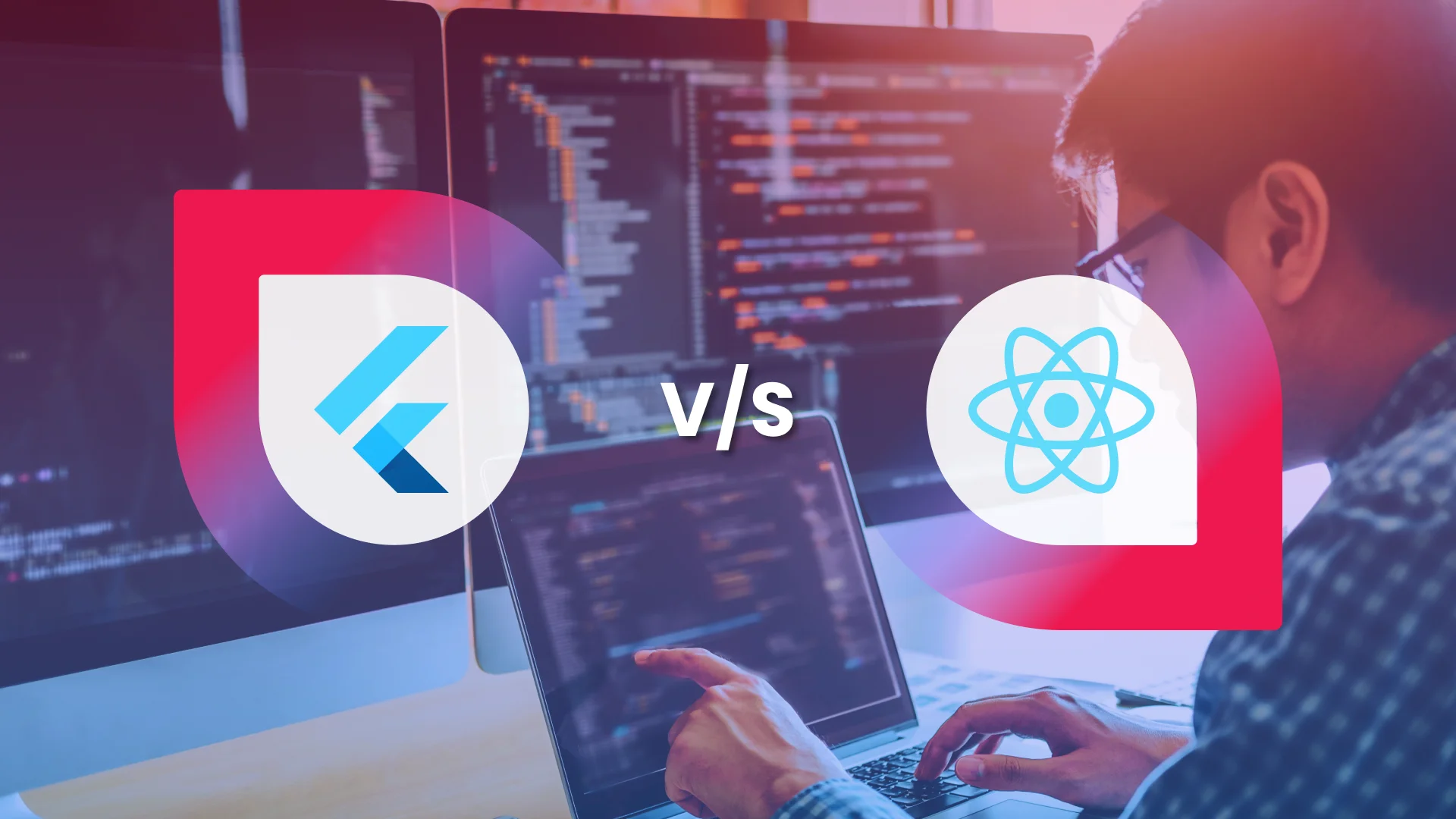How Biometric Authentication is Empowering Bank Security
- Mobile
- January 4, 2019
Whether you believe it or not, but the cyber threat is posing real challenges for both government as well as private organizations. However, the financial institutions always remain a crucial target for the cyber hackers.
As technology is transforming, the nature and mindset of cyber-criminals are also changing. They have become shrewder and know the technical aspect of unlocking a door without even having access to its keys.
We have already witnessed one of the major cyber threats in the form of Ransomeware Attack in 2017 affecting more than two hundred thousand people globally. Therefore, bolstering the security arrangements for the banking and Fintech industry should be the topmost concern for the IT sector. According to a report published by Global Market Insights, the usage of technology would upsurge up to 22% within a span of 2017 to 2024.
Yes, one may think of various options to tighten the security screws but of late, biometrics has become a viable choice to achieve one’s end. It is ahead of its time technology that literally does not focus on passwords, PIN numbers, and lock patterns but instead identifies an individual through his physiological or behavioral trait.
This may include scanning the face, the fingerprints, iris, matching the voice sample, and handwriting etc. This makes the job quite difficult for hackers to indulge in any kind of illegal or scam activities.
The cyber experts tend to believe that security norms like passwords or PINs would soon be replaced by a more reliable and authentic process such as the biometrics. In fact, Apple has already taken a giant stride forward and introduced the Touch ID and Face ID authentication in new versions of the iPhone models. Even the Android manufacturing devices are not lacking behind and the same technology is also being initiated there too.
The banking sector is seriously pondering over implementing the biometrics to boost up the security loopholes. It’s because this technology has already made a successful mark in mobile devices and applications. So, it’s the right time to take this technique forward and offer a much secured environment to their customers.
In this fast-paced world, most of the banks are offering online banking services through websites or mobile apps. And certainly, this number is going to surge in the future. Therefore, customers are searching for more assurance and fortification when it comes to conducting online transactions. The biometrics will allow to login into one’s account quickly without the stressing of typing password and memorizing it.
According to a statistic report, the biometric authentication market is expected to reach about $24.59 billion by 2023 with around 2.6 billion biometric users worldwide. Indeed, a survey says that biometric authentication process has received a positive response from the users with 56% people trusting on the fingerprint technology.
Some of the major financial service providers such as MasterCard and Citi Treasury have already planned to integrate the biometric technology in the following year with fingerprint face detection. However, the old methods like PIN are not going anywhere and will stay to offer security.
The Reduction in Use of Passwords
As told earlier that financial institutions and organizations need to pull their socks up as they cannot merely rely on passwords and PIN numbers. No bank wants to take any change and compromise on the security front.
Tech giants such as Microsoft and Intel have already begun creating and incorporating the biometric id where the integration of biometric Single Sign-On (SSO) password management technique has become the focal point for future. It helps in securing and managing the confidential data from the hackers.
Increase in Numbers of Biometric Enabled Devices
Almost all major Smartphone Manufacturing Companies such as Google, Apple, Samsung, Lenovo, LG, Honor, HTC, and more have already implemented the biometric authentication feature in their devices.
Read also: How to Integrate Biometric Authentication in your iPhone Apps
According to Gartner, about 30% of the Smartphone devices already have this bonus facility as a robust secured system. Not to say that this figure will only hike in the future and therefore, the banking industry should take full advantage of this facility.
Other Platforms Embracing Biometric Technology
With the increment in the popularity of the biometric technology, it is no more restricted to banking apps, but has got other payment gateway integration apps on the forum as well.
One can certainly cite the example of Apple Pay, implementing the Apple Touch ID and facial recognition to identify the user. Credit goes to Apple for starting the Touch ID, which indeed has spread to the other platforms as well, specifically the banks. Some banks initiating this advanced technology include HSBC, American Express, and Tangerine.
The Option of Multi-Factor Authentication (MFA)
There are various other options that are strictly under the process of consideration such as the Multi-Factor Authentication or MFA. This alternative is apart from PINs and passwords, which have become vulnerable and can be targeted easily by the cyber pirates.
In this process, the two techniques of biometric authentication is combined; it may include fingerprint and iris scan. This is one of the hardest nuts to crack for the hackers and access the customer’s account details.
Biometric Identification Methods
There are two different approaches when it comes to the biometric identification methods. In the first case, you have to take the help of the built-in biometric sensors and the attaching portable biometric hardware using a USB cable.
In the second option, you can do the same using Wi-Fi connectivity. Some extensively employed techniques or methods include:
1. Fingerprint Scan
Undoubtedly, the fingerprint scanning is one of the most popular and widely used biometric authentication processes. This technique is followed on several devices.
2. Face ID
The facial recognition or the face ID is widely used at the bank ATMs and while conducting the transactions on mobile apps or online. However, the other factors such as lighting condition and position of the face also play a vital role in authentication.
3. Iris and Retina Scan
This method has also become common especially when you are applying for any important document such as the passport. Here you would find about more than 200 unique points of data that are stored at the server database. This has also been identified as one of the most reliable biometric authentication modes.
4. Voice Identification
The voice identification process biometric authentication will offer the optimal results when it is paired with some other method such as retina scan or face recognition. HSBC Bank had announced that it would be implementing this technique and customers don’t need to memorize passwords any more.
5. Vein Pattern Authentication
Although Vein Pattern Authentication is one of the best methods to go for the biometric authentication, this game isn’t that easy to play. This is because it usually needs the veins of the individual’s palm, eye, or finger to unlock the system.
Conclusion
The biometric authentication has gained the spotlight and is regarded as security cover for the financial assets and institutions including banks for the near future. The PINs and passwords are no more secured and with the threats looming large, you need a robust tool for implantation to safeguard your hard earned money. There are different methods in the biometric authentication and so the customers can trust on it; although it is not an ideal solution.













